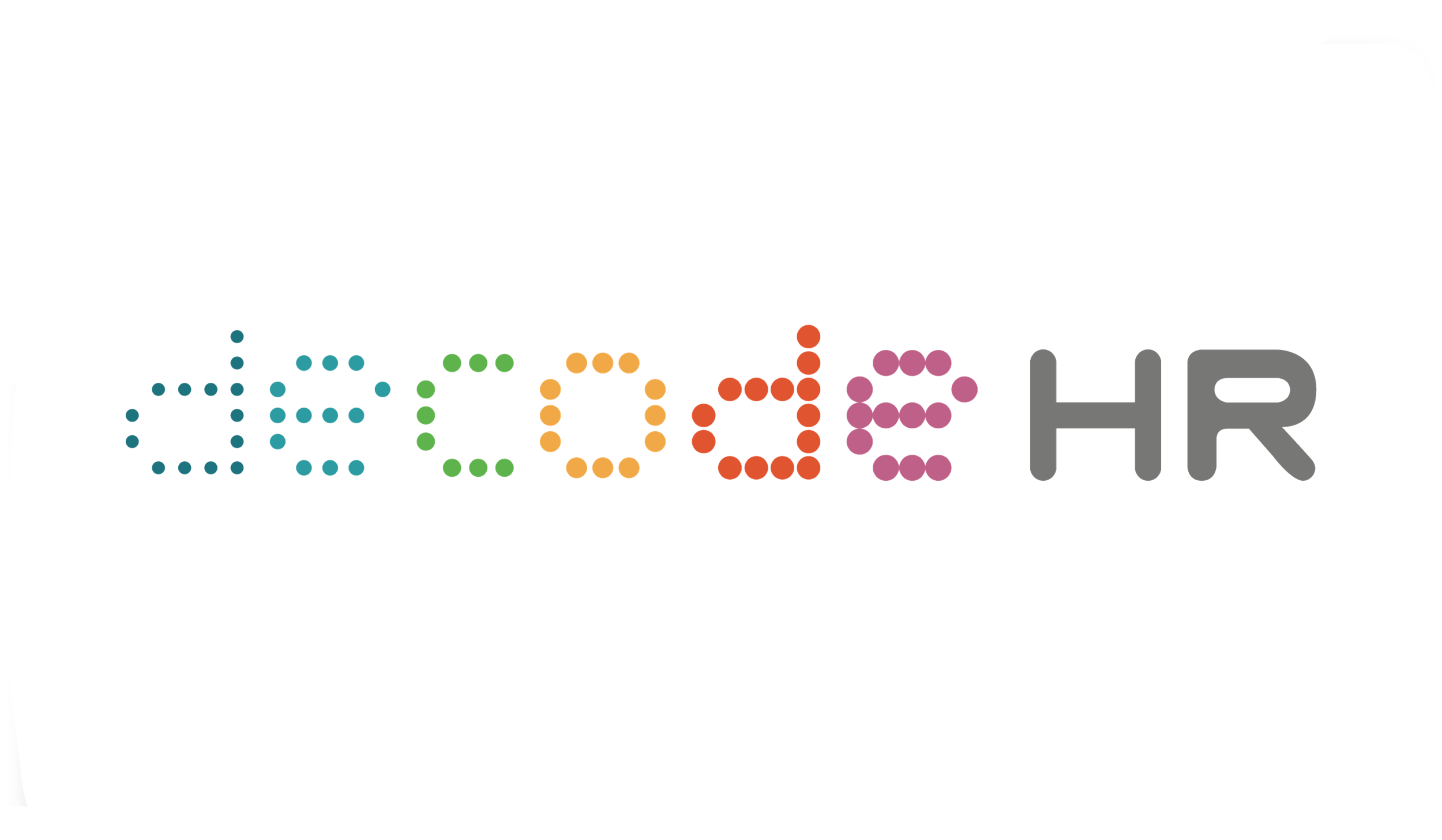Starting it Right For Every HRIS Implementation
Reading time: 5 mins
So, you’ve bought a new HRIS! That’s a step forward to delivering a digital transformation across HR and the business. But now to implement it.
There are many books written about HRIS implementation but let’s start with the basics:
It’s not Twitter, and you shouldn’t just leave it up to folks to work it out for themselves.
Adoption won’t happen by hope alone.
One of you who decided to buy it does own it.
I mention these three items as I have conducted many implementations of HR, Payroll, Benefits & LMS systems. These items are common to all systems and all implementations, and the cost of getting it wrong is not just the cost of the system but all the other pockets of time you and your employees will spend putting it right.
Like any project, and you should treat the implementation of your new HRIS as a project, this requires detailed planning before you touch the system. I’ve worked in companies where the extremes of project management have occurred. From one very stressed HR Manager acting as stakeholder/project manager to MNCs with fully staffed project teams throughout the tenure of the project. You will need to find your balance on this, but within the business, this needs to be recognised as a strategic project.
To help the understanding of the process and supporting actions that are required, I’ve put together the following implementation change model. This builds on Lewin’s 3 step model for change and Kotter’s 8 step change model; I’m a big fan of both Lewin and Kotter, so I accept they did the hard work and I have just re-purposed it!
There’s nothing difficult in these stages. Good communication is at its heart and leadership is required throughout. When you are forming your project team, I advise that you involve the internal communications team from the outset. This will be a powerful alliance that will drive the project forward and extend the messaging to the more difficult to reach parts of the business.
Experience has shown that embedding the change is where the benefits can be fully realised. This means that until you get to this point, the value you are trying to drive out of the implementation will not have been fully delivered. You need to embed the new system into the business, so it becomes the backbone of your HR service for the next few years.
Here are some reasons why organisations struggled to gain adoption of their HRIS:
Lack of senior buy-in.
Low level of support at the roll-out.
Not celebrating success and highlighting early adopters.
Not constantly reinforcing the use of your HRIS and making it the go-to place for information.
Lack of content that is curated by a team of system administrators/social media people.
Don’t include your HRIS in the onboarding process.
Ignore the product update information from the Product Development team which will make the experience better for you and the users.
Fail to communicate properly when there’s an issue you need help with.
Ignore the social statistics which will highlight areas of low adoption and then fail to intervene.
The main reason for lack of adoption is leadership. There needs to be a willingness amongst the leadership team to make this the central point for your HR Service to support the stripping out of transactional work. Without constant reinforcement by the leaders within all departments, you will simply have a new HR system and little benefit to show for it.
Andy Davies is the VP of Operations (APAC) for People First and is responsible for developing the implementation strategy and delivering first-class mentoring to Partners to help monetise their investment.
People First revolutionises work by applying cutting-edge human-centred technology and AI to a new alliance between employer and employee - to enable enjoyable, sustainable, high performance from people that spend more time in the flow at work.
[Article migrated from dcHR.tech]




